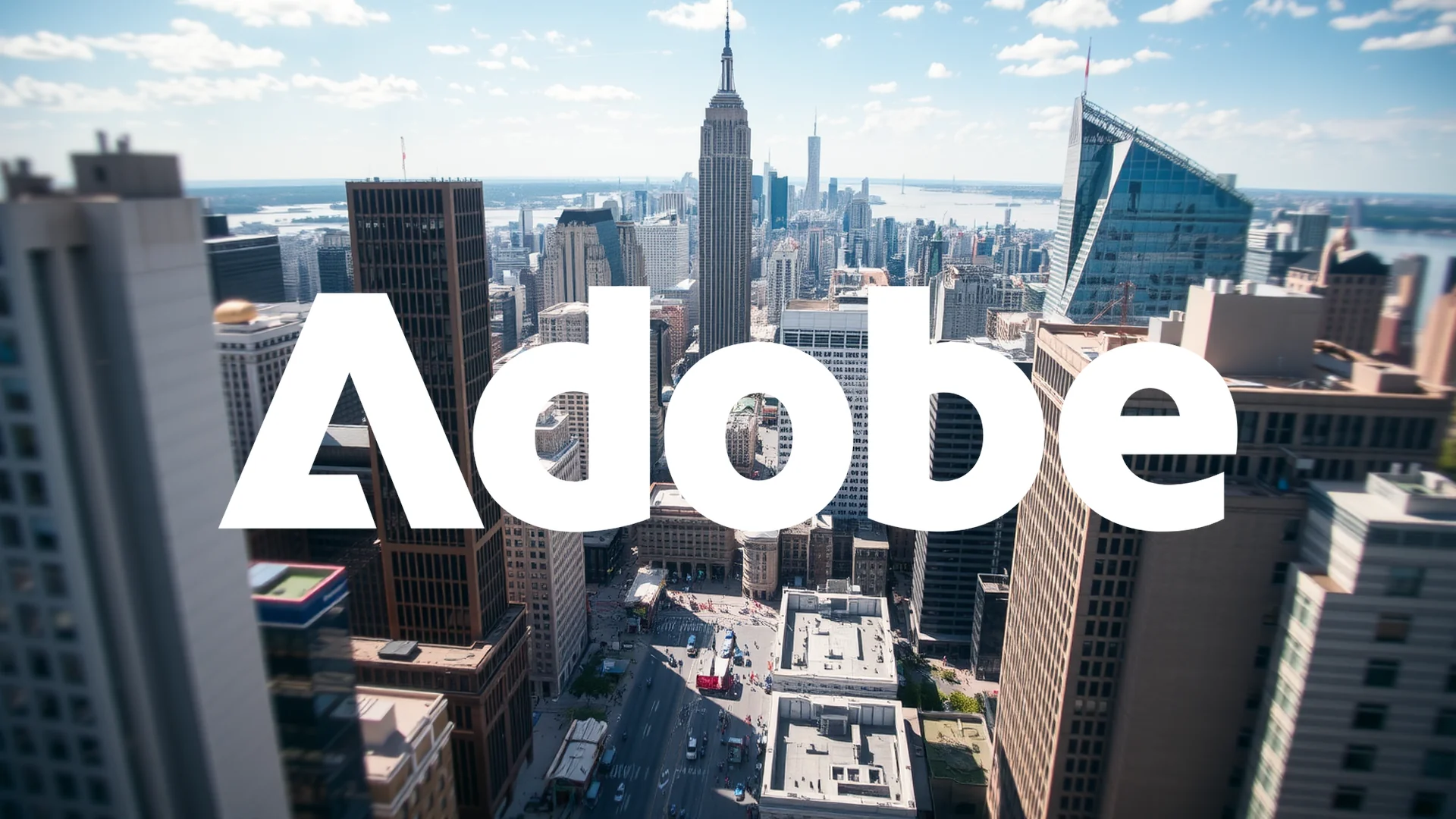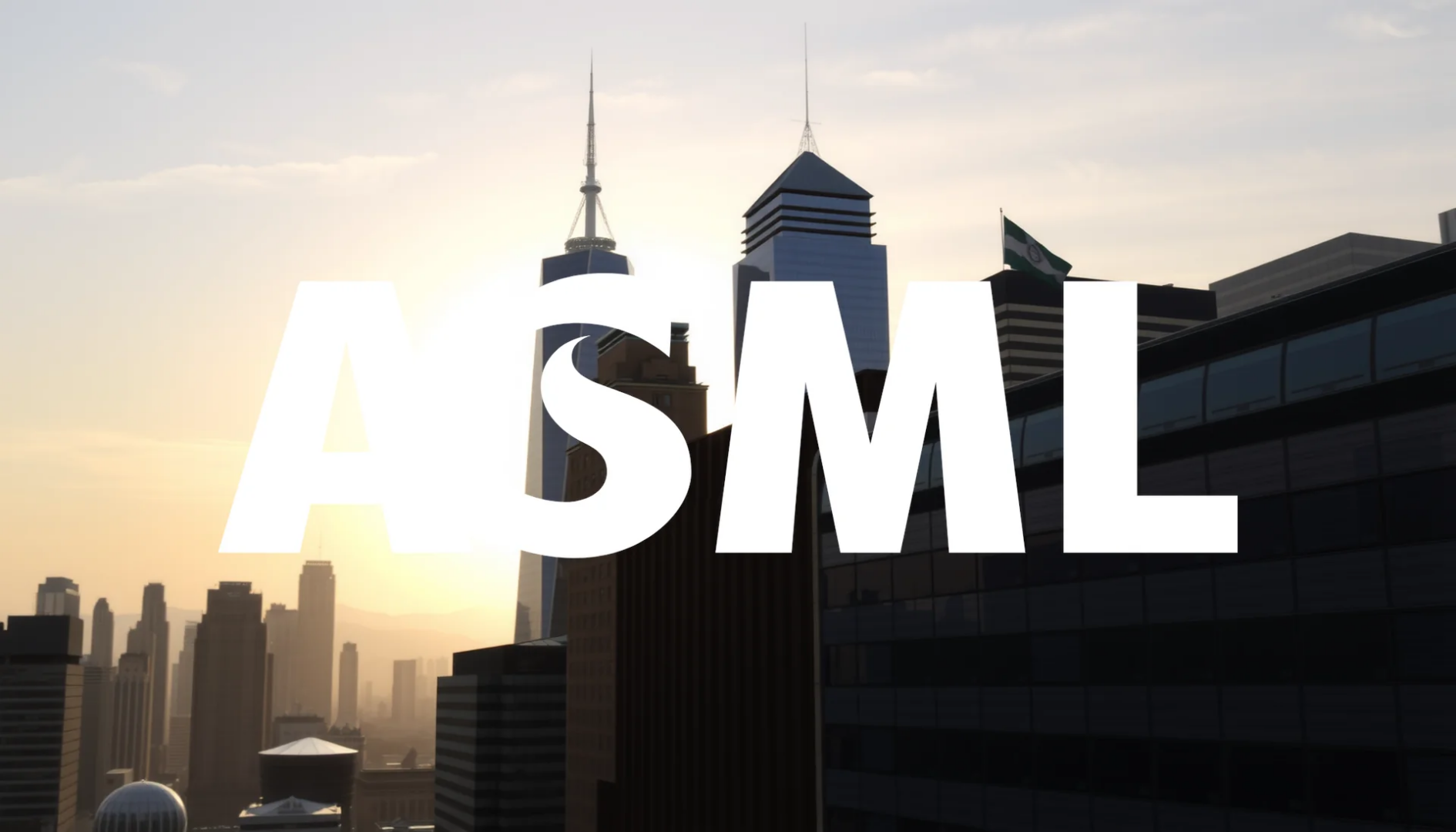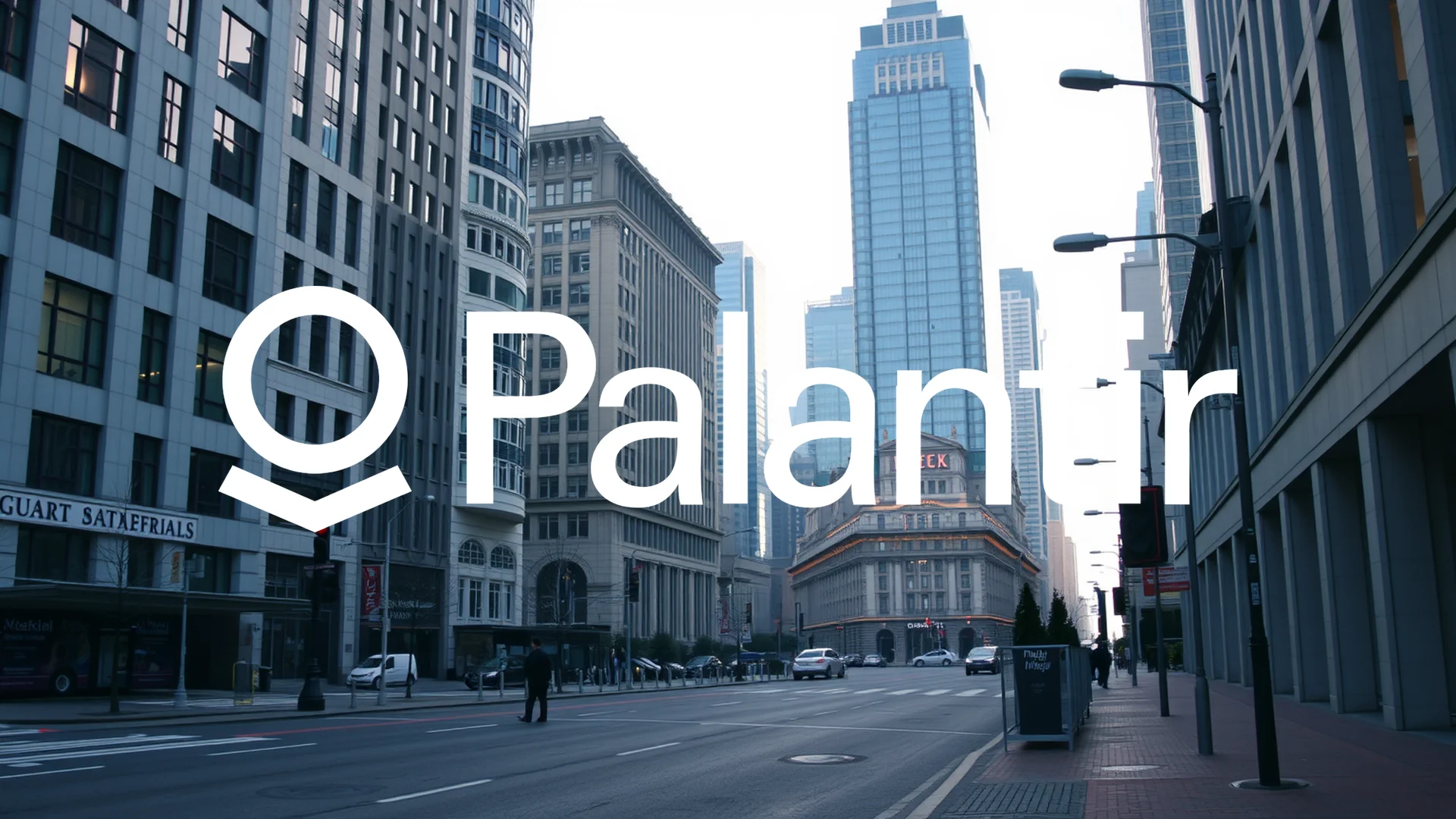While Microsoft unveiled its vision for the next generation of artificial intelligence at the Ignite 2025 conference, investors responded with caution rather than enthusiasm. Despite announcing groundbreaking autonomous agent technology, the company’s shares closed the week under significant pressure, struggling to maintain key technical levels. This divergence between technological promise and market performance creates a complex landscape where prominent insiders are reducing holdings while analysts project astonishing price targets.
Strategic Positioning Amid Market Concerns
Market sentiment has been tempered by ongoing stock sales from the Bill & Melinda Gates Foundation, coupled with Fitch Ratings’ warnings about concentration risks in AI partnerships with companies like CoreWeave. The stock concluded recent trading around €409, dipping below its 200-day moving average—a development that technical investors often interpret as a cautionary signal.
Contrasting this cautious outlook, Guggenheim analysts maintain their bullish stance with a $675 price target. This optimistic projection stems from Microsoft’s unique positioning in what experts term the “industrialization of AI.” The investment bank’s confidence suggests Wall Street may view the current pullback as a potential entry point rather than a sustained downturn.
Autonomous Agents: The New Frontier
Microsoft’s strategic pivot toward “Agentic AI” represents a fundamental shift from passive assistance to active execution. The company is transitioning beyond its Copilot systems to integrate autonomous agents directly into the Microsoft 365 ecosystem. These advanced tools within Word, Excel, and PowerPoint are designed to independently manage complex workflows rather than merely assisting with tasks.
Should investors sell immediately? Or is it worth buying Microsoft?
Addressing enterprise concerns about uncontrolled “shadow AI,” Microsoft simultaneously introduced the Agent 365 management platform. This strategic move appears calculated to further cement business customers’ reliance on the Azure cloud infrastructure, creating deeper ecosystem integration.
Expanding the Gaming Footprint
Beyond enterprise software, Microsoft is aggressively pursuing opportunities in the gaming sector. The recent launch of the “Xbox Full Screen Experience” for Windows handheld devices represents a direct challenge to competitors like Steam Deck in the rapidly growing portable console market. This new interface brings traditional console functionality to devices from hardware partners including Asus and MSI, clearly aimed at accelerating Game Pass subscription growth.
Long-Term Climate Strategy
Parallel to its core business operations, Microsoft is making substantial long-term strategic moves in climate technology. Through a collaborative initiative with Alphabet, the company has committed to investing over $10 billion in carbon removal technologies. While this substantial expenditure may pressure capital costs in the short term, it serves as strategic protection against future regulatory climate risks.
The Investment Dilemma
The central question facing investors revolves around weighing substantial infrastructure costs and insider selling activity against the potential payoff from Microsoft’s aggressive bet on autonomous AI agents. The extreme bullishness from analysts indicates that many market professionals perceive the current weakness as temporary, though the divergence between technological ambition and immediate market performance remains pronounced.
Ad
Microsoft Stock: Buy or Sell?! New Microsoft Analysis from November 22 delivers the answer:
The latest Microsoft figures speak for themselves: Urgent action needed for Microsoft investors. Is it worth buying or should you sell? Find out what to do now in the current free analysis from November 22.
Microsoft: Buy or sell? Read more here...










